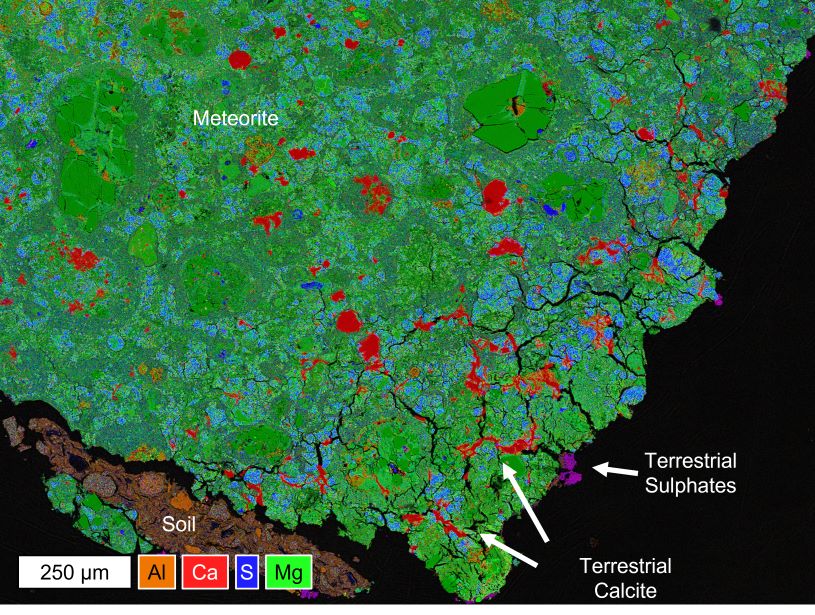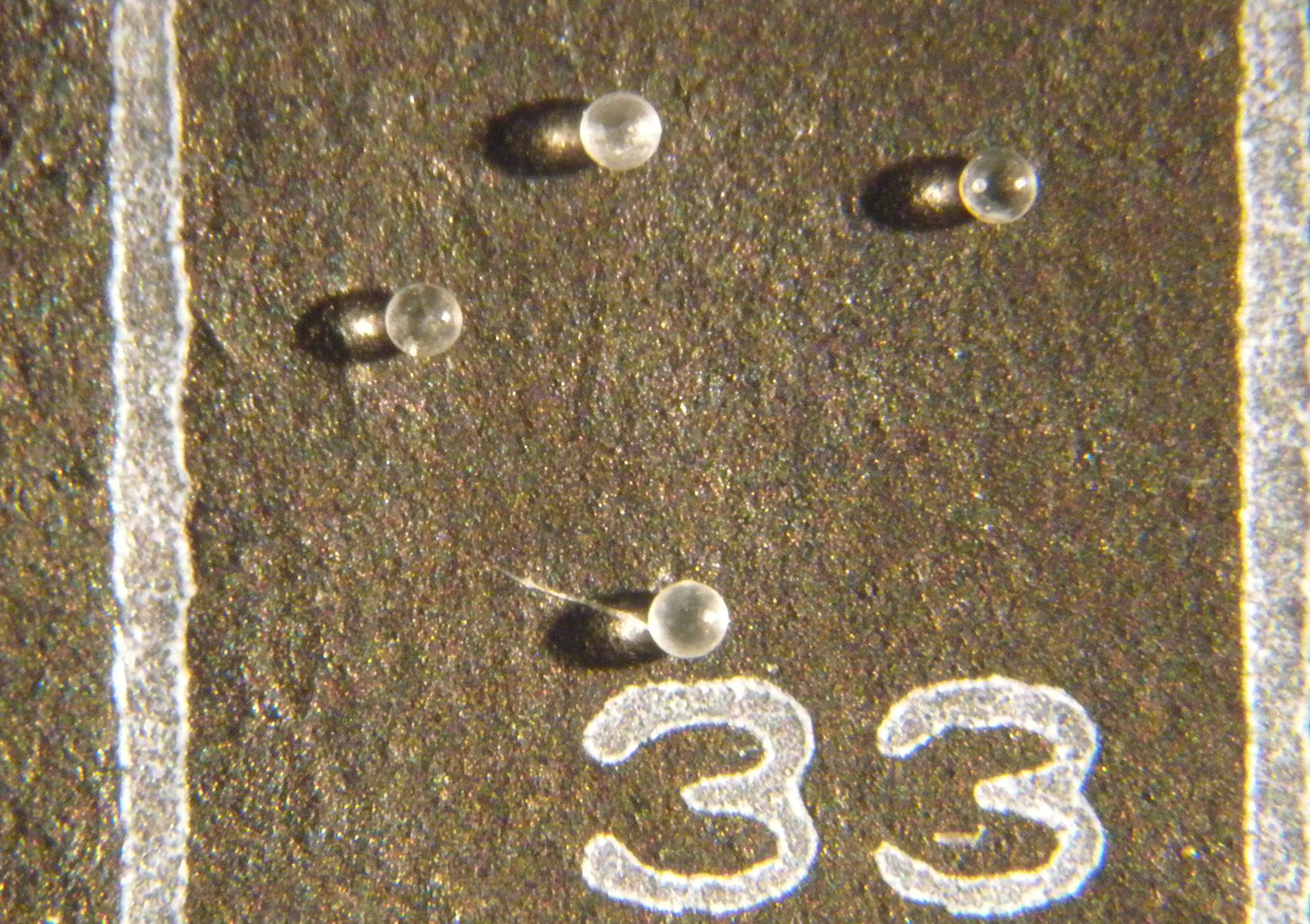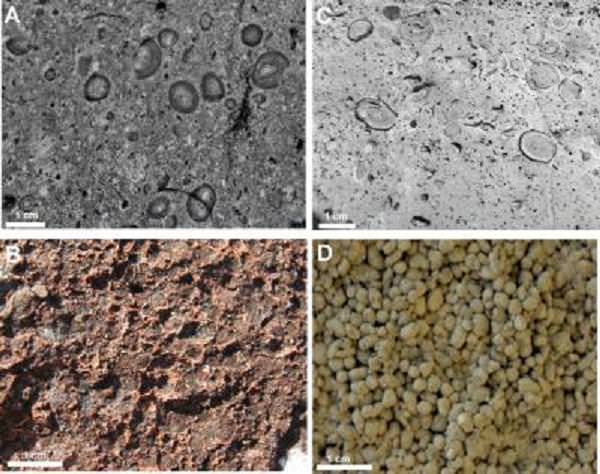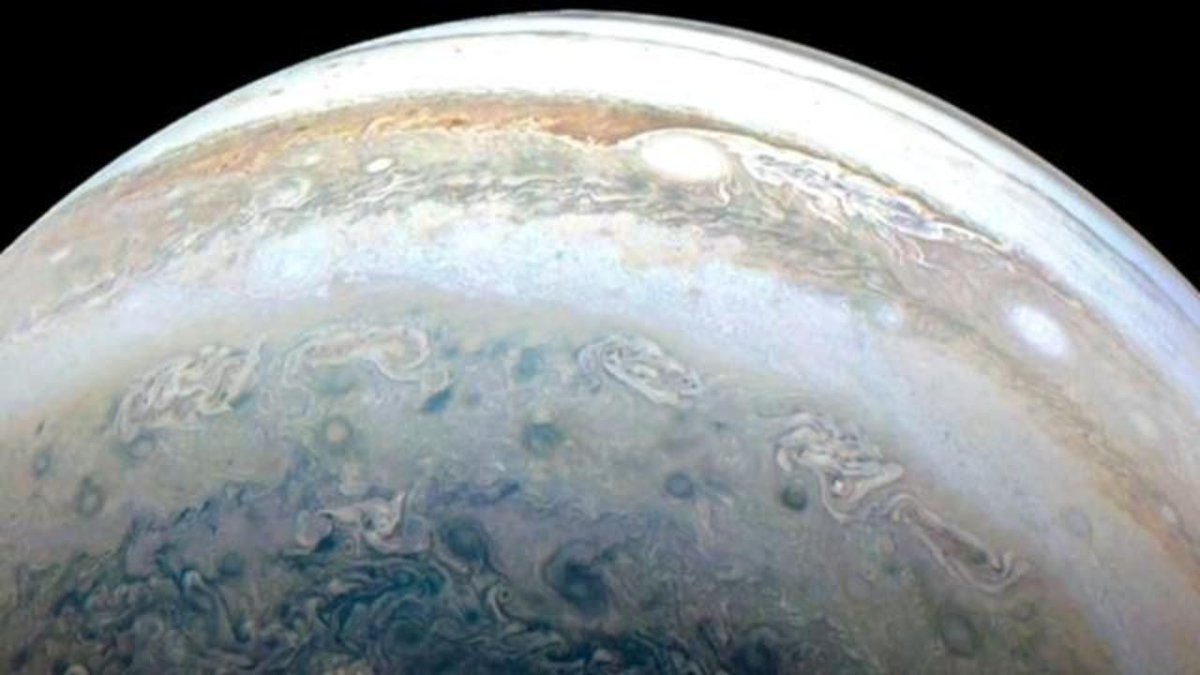The Earth has always been bombarded with rocks from space. It’s true to say though that there were more rocks flying around the Solar System during earlier periods of its history. A team of researchers have been studying a meteorite impact from 3.26 billion years ago. They have calculated this rock was 200 times bigger than the one that wiped out the dinosaurs. The event would have triggered tsunamis mixing up the oceans and flushing debris from the land. The newly available organic material allowed organisms to thrive.
Continue reading “A Giant Meteorite Impact 3.26 Billion Years Ago Helped Push Life Forward”Meteorites are Contaminated Quickly When They Reach Earth

On Earth, geologists study rocks to help better understand the history of our planet. In contrast, planetary geologists study meteorites to help better understand the history of our solar system. While these space rocks put on quite the spectacle when they enter our atmosphere at high speeds, they also offer insights into both the formation and evolution of the solar system and the planetary bodies that encompass it. But what happens as a meteorite traverses our thick atmosphere and lands on the Earth? Does it stay in its pristine condition for scientists to study? How quickly should we contain the meteorite before the many geological processes that make up our planet contaminate the specimen? How does this contamination affect how the meteorite is studied?
Continue reading “Meteorites are Contaminated Quickly When They Reach Earth”Juno Just Saw a Spacerock Crash Into Jupiter
Timing is extraordinarily important in many aspects of astronomy. If an astronomer or their instrument is looking the wrong way at the wrong time they could miss something spectacular. Alternatively, there are moments when our instruments capture something unexpected in regions of space that we were searching for something else. That is exactly what happened recently when a team of scientists, led by Rohini Giles at the Southwest Research Institute, saw an image of what is likely a meteor impacting Jupiter’s atmosphere.
Continue reading “Juno Just Saw a Spacerock Crash Into Jupiter”Almost 800,000 Years Ago, an Enormous Meteorite Struck Earth. Now We Know Where.

20% of the surface of Earth’s Eastern Hemisphere is littered with a certain kind of rock. Black, glossy blobs called tektites are spread throughout Australasia. Scientists know they’re from a meteorite strike, but they’ve never been able to locate the crater where it struck Earth.
Now a team of scientists seems to have found it.
Continue reading “Almost 800,000 Years Ago, an Enormous Meteorite Struck Earth. Now We Know Where.”Fossilized Clams Had Evidence of a Meteorite Impact Inside Them

When an extraterrestrial object slams into the Earth, it sends molten rock high into the atmosphere. That debris cools and re-crystallizes and falls back down to Earth. Tiny glass beads that form in this process are called microtektites, and researchers in Florida have found microtektites inside fossilized clams.
Continue reading “Fossilized Clams Had Evidence of a Meteorite Impact Inside Them”1.2 billion years ago, a 1-km asteroid smashed into Scotland
In 2008, scientists from Oxford and Aberdeen University made a startling discovery in the northwest of Scotland. Near the village of Ullapool, which sits on the coast opposite the Outer Hebrides, they found a debris deposit created by an ancient meteor impact dated to 1.2 billion years ago. The thickness and extent of the debris suggested that the meteor measured 1 km (0.62 mi) in diameter and took place near to the coas
Until recently, the precise location of the impact remained a mystery to scientists. But in a paper that recently appeared in the Journal of the Geological
Meteorite Impact Sites Treated To CSI Techniques

[/caption]
Over the last several years, we’ve been treated to television programs which have awakened us to how a crime scene is investigated. It’s a very precise science and one that could very well deepen our understanding of other types of occurrences. Now, new research done by Mike Branney, of the University of Leicester’s Department of Geology, and Richard Brown, University of Durham, are giving us insights as to how massive meteorite strikes in Earth’s past may have reacted much like certain types of volcanic activity.
The two volcanologists have forensically reconstructed an impact event to determine how the ejecta registered on the environment surrounding the scene. Although meteorite strikes are common, direct observation isn’t. However, by carefully sifting through the remains of an event that hasn’t been completely eroded, the scientists were able to forensically reconstruct what happened. Brown and Branney’s findings revealed that a large encounter may have behaved like pryroclastic flow – a devastating cloud of gas and debris from an explosive volcano which speeds across the landscape.
“In particular, the way that ash and dust stick together seems identical. Moist ash from explosive volcanoes sticks together in the atmosphere to fall out as mm-sized pellets.” explains Dr. Branney. “Where these drop back into a hot pyroclastic density current, they grow into larger layered structures, known as accretionary lapilli.”
In this case, the meteorite impact CSI investigation took place in northwest Scotland. There a well-preserved deposit still exists from an event which occurred about a billion years ago. It is very fortunate the site was so pristine, because it still held evidence of both ‘volcanic’ particles – pellets and lapilli. Findings like these will help us to further understand the ramifications of these type of events and how it could affect us, either in the past or the future.
Dr. Brown added: “This reveals that that the 10 meter-thick layer, which has been traced for over 50 km along the Scottish coast, was almost entirely emplaced as a devastating density current that sped outwards from the point of impact – just like a density current from a volcano. Only the uppermost few centimetres actually fell out through the atmosphere.”
Original Story Source: EurkAlert News Release.



